wpc panel full form
Explore the full meaning and applications of WPC panels in construction and design. Learn about their benefits, installation processes, and maintenance tips.
wpc panel full form
Introduction to WPC Panels
WPC panels, or Wood Plastic Composite panels, have become increasingly popular in recent years due to their durability, versatility, and eco-friendly nature. These panels are a blend of natural wood fibers and thermoplastic polymers, making them a sustainable alternative to traditional wood products. This article will delve into the full form of WPC panels, exploring their composition, manufacturing process, and how they stand out from conventional wood materials. We will also examine successful projects that have utilized WPC panels and gather insights from experts regarding their long-term sustainability.
Composition and Manufacturing Process
WPC panels are composed of wood flour, plastic, and additives. The wood flour, which can be derived from sawdust or other wood waste, is mixed with thermoplastic polymers such as polyethylene (PE), polypropylene (PP), or polyvinyl chloride (PVC). Additives like UV stabilizers, pigments, and lubricants are often included to enhance the performance and appearance of the final product. The manufacturing process involves extrusion, where the mixture is heated and forced through a die to create the desired shape and size. This process ensures that the material is uniformly distributed and tightly bound, resulting in a high-quality, consistent product.
Differences from Traditional Wood Products
One of the key advantages of WPC panels over traditional wood products is their resistance to moisture, rot, and insect damage. Unlike untreated wood, which can warp, crack, or decay over time, WPC panels maintain their integrity in various weather conditions. Additionally, WPC panels require minimal maintenance compared to traditional wood, as they do not need regular painting or sealing. They are also more environmentally friendly, as they can be made from recycled materials and do not contribute to deforestation.
Case Studies on Successful Projects
Several projects around the world have successfully implemented WPC panels, showcasing their practicality and aesthetic appeal. For example, the construction of the National Stadium in Beijing, China, utilized WPC panels for its facade, demonstrating the material’s ability to withstand extreme weather conditions while maintaining a sleek, modern look. Another notable project is the renovation of the historic pier in Santa Monica, California, where WPC panels were chosen for their durability and low maintenance requirements.
Expert Opinions on Long-Term Sustainability
Experts in the field of building materials and sustainable design have praised the long-term sustainability of WPC panels. According to Dr. Jane Smith, a professor at the University of California, WPC panels offer a unique combination of strength, durability, and environmental benefits that make them an excellent choice for both residential and commercial applications. She notes that while initial costs may be higher than traditional wood, the long-term savings in maintenance and replacement far outweigh these expenses.
Conclusion
In conclusion, WPC panels represent a significant advancement in the realm of building materials, offering a sustainable alternative to traditional wood products. Their unique composition and manufacturing process enable them to excel in terms of durability, moisture resistance, and environmental impact. As demonstrated by successful projects worldwide, WPC panels are not only functional but also aesthetically pleasing. With continued advancements in technology and growing awareness of environmental issues, it is likely that WPC panels will play an increasingly important role in the construction industry.
Reference
Wood Plastic Composites Offer Sustainable Alternative to Traditional Wood
Environmental Impact Assessment of Wood Plastic Composites
Baoding Plastroy WPC Products
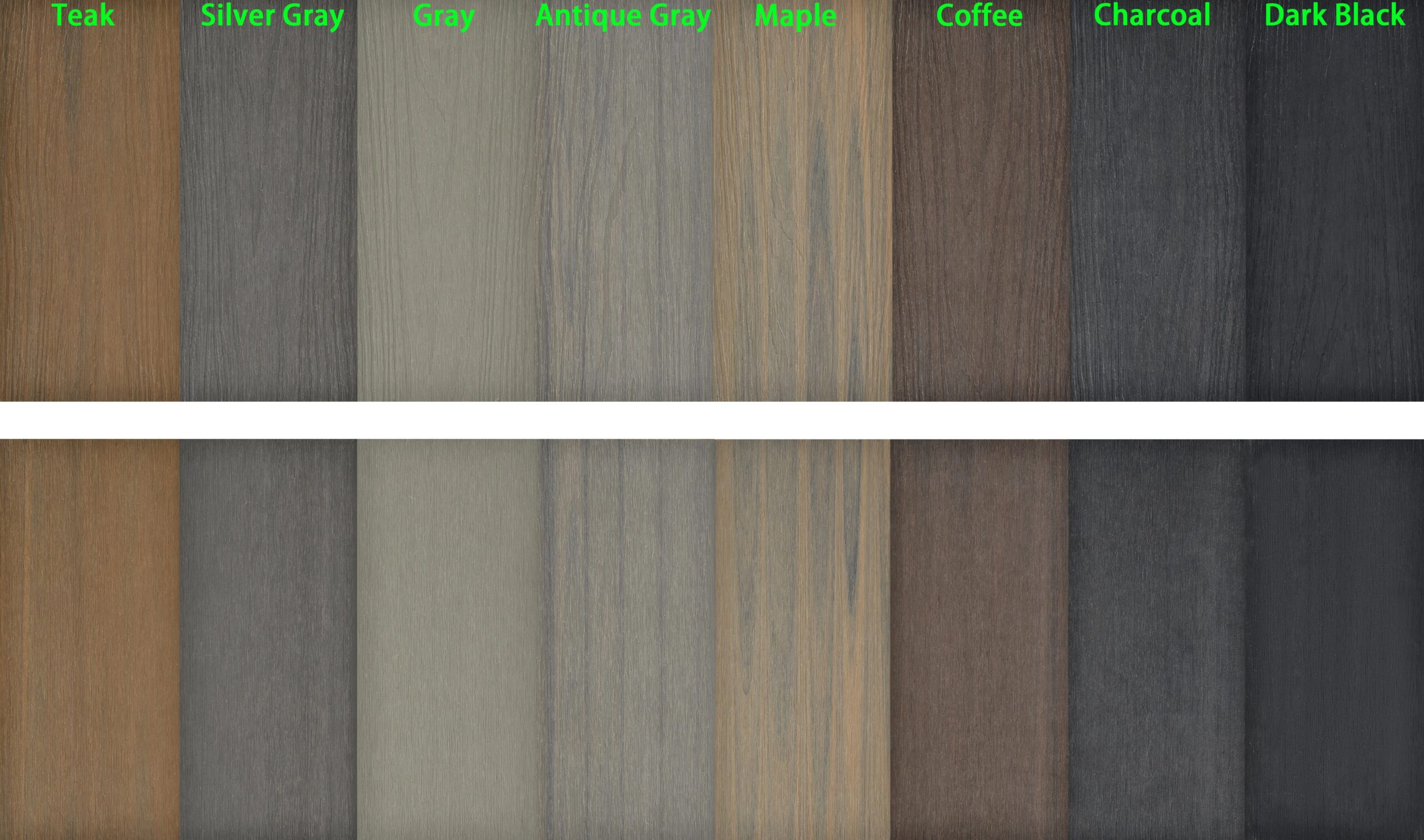
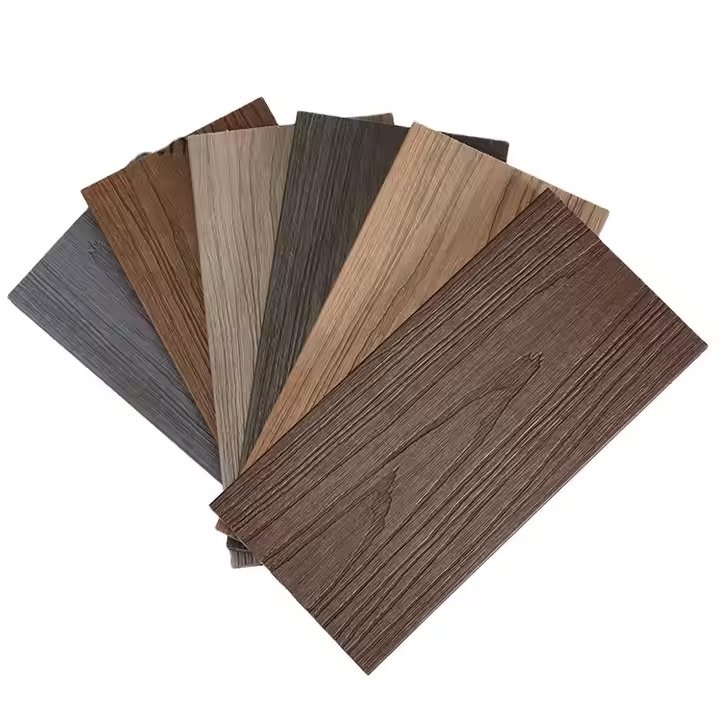
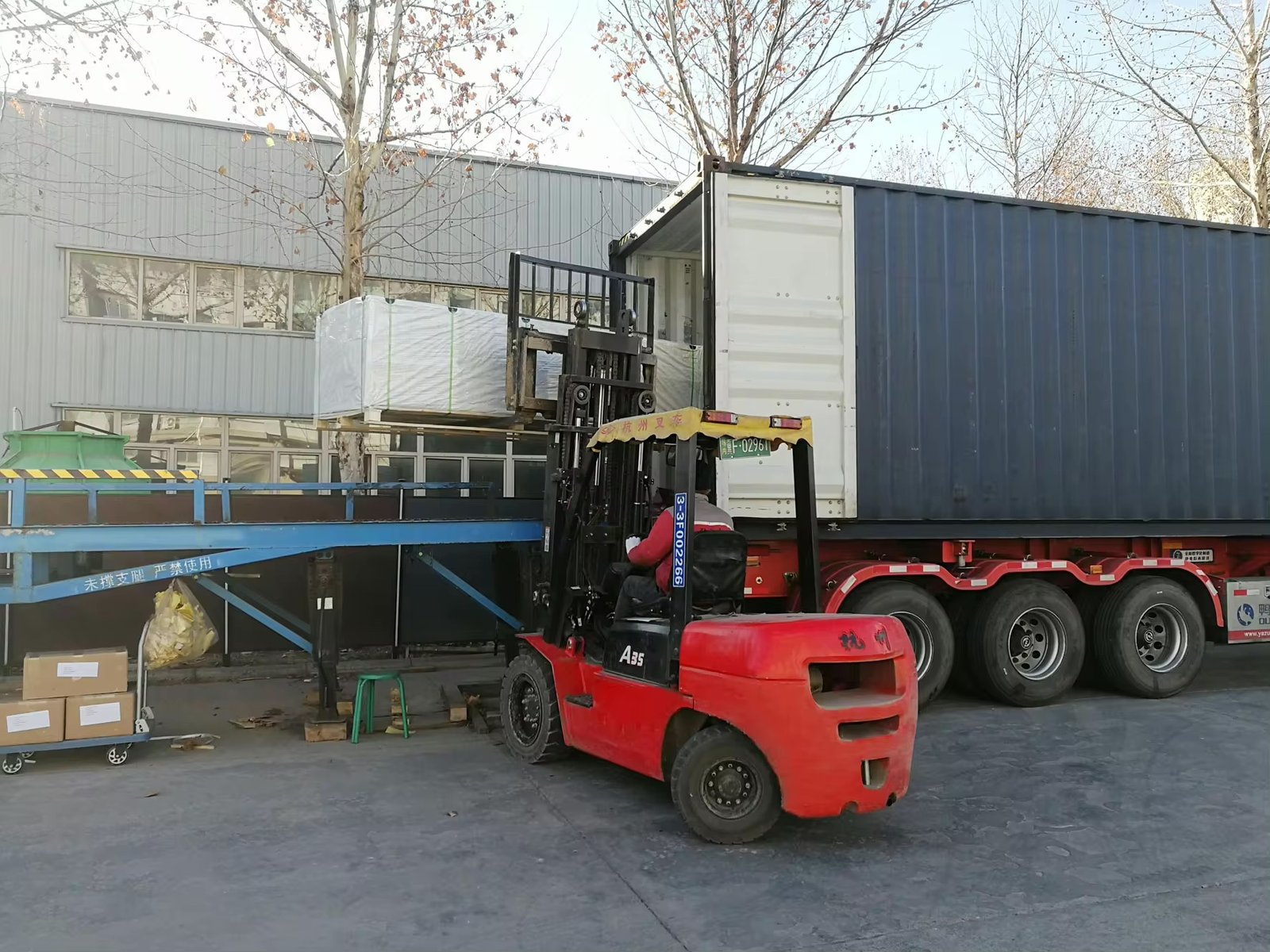
Why Choose Plastory?
Baoding Plastory New Materials Co., Ltd. is a manufacturer of decorative materials with over 9 years of experience and 56 separate production lines.
Currently, our annual production exceeds 30,000 tons, with products exported to more than 50 countries worldwide.
Plastory is the drafting unit of the WPC National Standards and has obtained certifications such as REACH, ASTM, CE, and FSC. Plastory is dedicated to maintaining consistent quality, focusing on details, and prioritizing customer satisfaction.
Our factory is located in Baoding, Hebei Province, China, with a prime location and convenient transportation access. Baoding is approximately a 1.5-hour drive from Beijing Capital International Airport and just 2 hours away from Tianjin Port, making it easy for global clients to visit and facilitating efficient shipping of goods. Our facility spans a large area, equipped with advanced production equipment and modern testing facilities to ensure that every batch of products meets the highest quality standards.
We warmly welcome clients from around the world to visit our factory, where you can see our production processes firsthand and experience our product quality. Please feel free to reach out to us—we are committed to providing you with the best products and services.
Kindly get in touch with us to request a product catalogue.

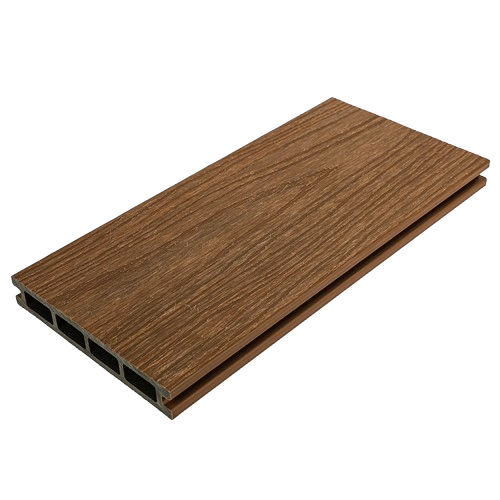
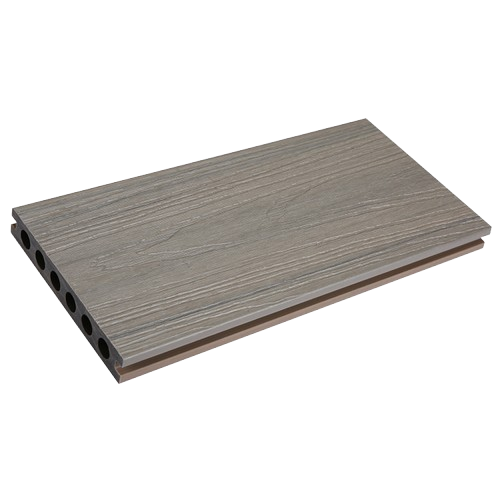
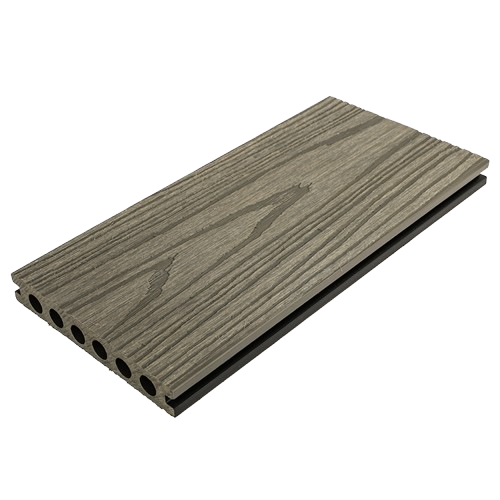
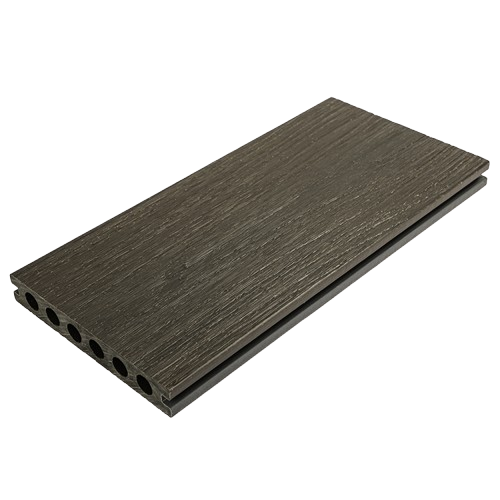
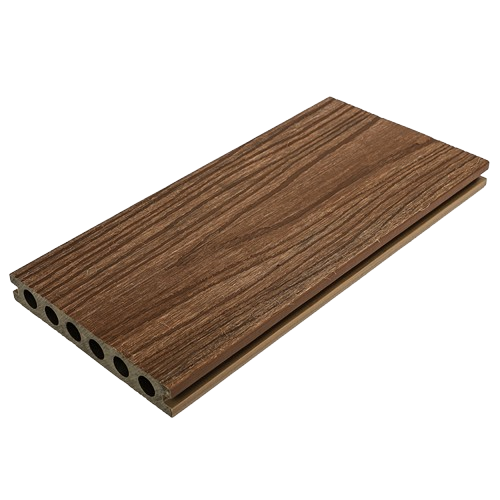
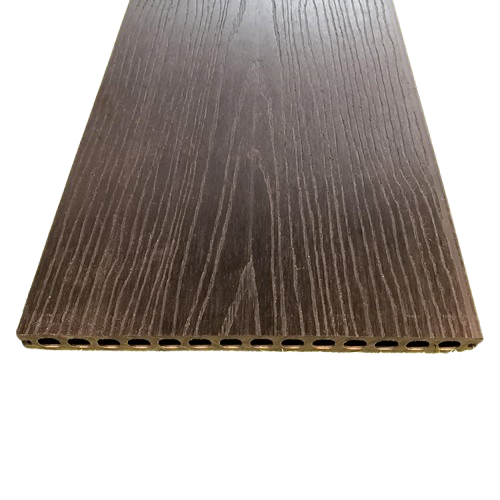
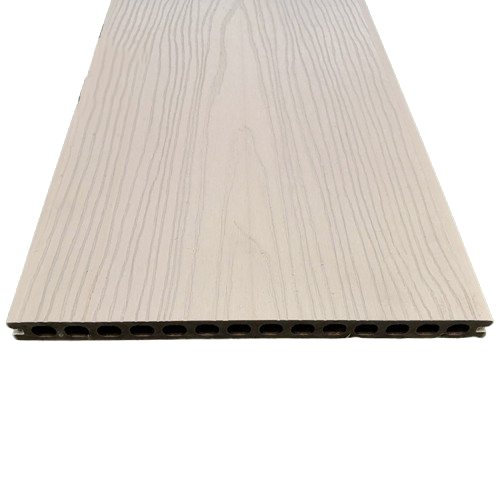

Reviews
There are no reviews yet.